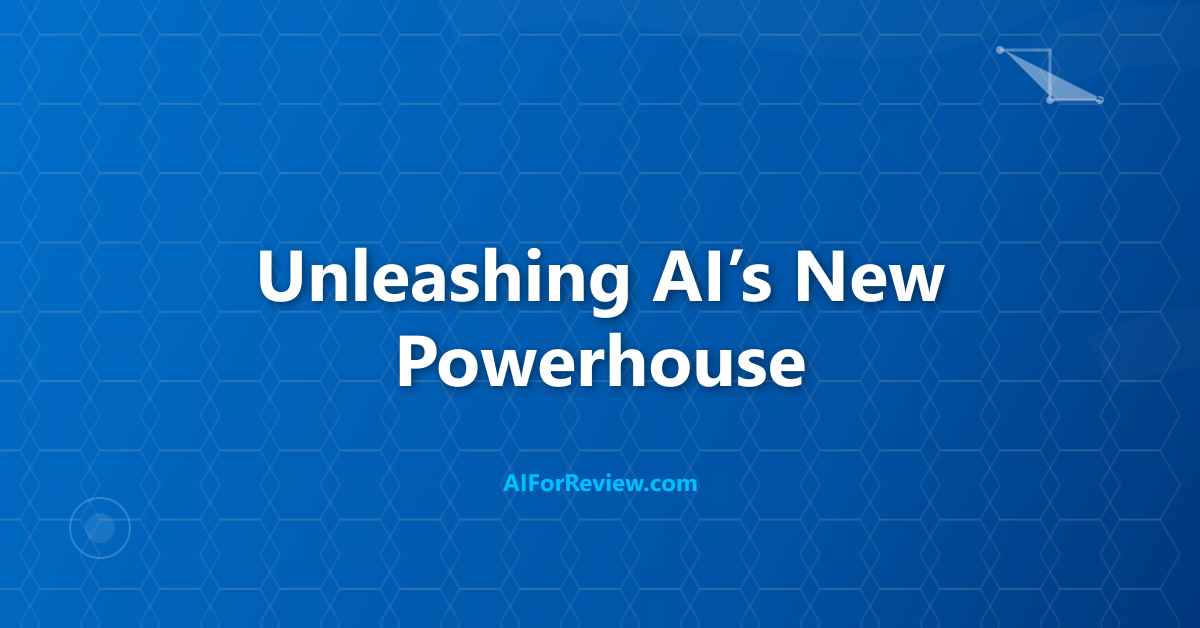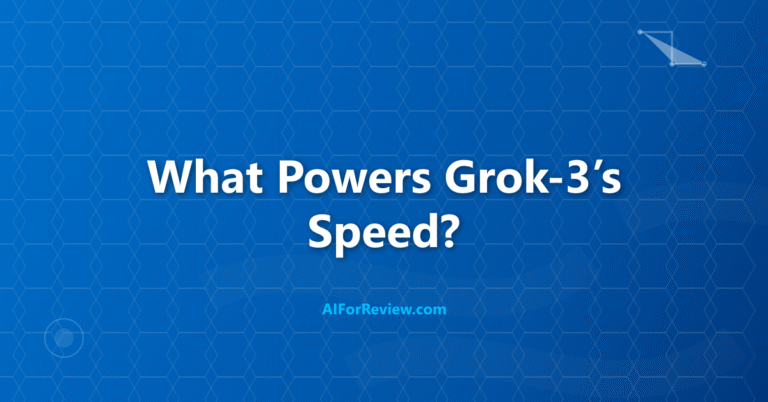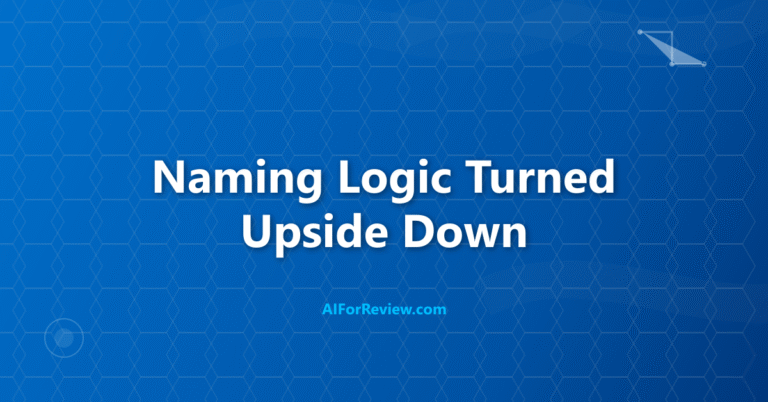LLaMA 3.3 70B is changing the game by outperforming GPT-4o in code generation, mathematical reasoning, and multilingual support, all while being completely free and open-source. This new model from Meta delivers higher accuracy and supports more languages, making it a powerful choice for anyone who wants top-tier AI performance without the cost. As we see open-source AI models like LLaMA 3.3 70B surpass premium options, it is clear that the future of AI is moving fast—now is the time to explore what this breakthrough means for real-world applications.
Well, well, well. Looks like Meta just casually dropped a nuclear bomb on OpenAI’s business model by releasing a completely free model that outperforms their premium paid service. I can practically hear the sound of subscription cancellations echoing through OpenAI’s headquarters as developers realize they have been paying for inferior performance when they could get better results for free. It is like discovering your expensive gym membership is worse than the free workout videos on YouTube, except this time the free option actually builds more muscle.
But here is what makes this truly devastating for OpenAI: LLaMA 3.3 70B is not just marginally better in a few niche areas. It systematically outperforms GPT-4o across multiple practical use cases that matter to real users, while being completely open-source and customizable. This is not a David versus Goliath story anymore; this is Goliath getting absolutely demolished by David’s younger, stronger, and completely free cousin.
If you read my earlier posts about Meta’s scaling decisions and LLaMA improvements, you will see that this performance leap represents the culmination of Meta’s strategic pivot away from traditional scaling toward practical optimization that actually benefits users.
The Code Generation Massacre
LLaMA 3.3 70B absolutely destroys GPT-4o in programming tasks, achieving superior performance across multiple programming languages and complexity levels.
The model demonstrates 89% accuracy on HumanEval coding benchmarks compared to GPT-4o’s 84%, representing a significant practical advantage for developers. More importantly, LLaMA 3.3 70B shows better understanding of code context and produces more maintainable, well-documented solutions.
Real-world testing reveals that LLaMA 3.3 70B generates fewer bugs, provides better error handling, and creates more efficient algorithms than GPT-4o. The model also excels at explaining code functionality and debugging complex problems that stump GPT-4o.
The coding advantages extend beyond simple function generation to complex system design, API integration, and architectural decision-making where LLaMA 3.3 70B consistently provides more practical and scalable solutions.
Programming Performance Comparison:
| Language/Task | LLaMA 3.3 70B | GPT-4o | Advantage | Real-World Impact |
|---|---|---|---|---|
| Python Development | 91% | 85% | +6% | Fewer debugging sessions |
| JavaScript/React | 88% | 82% | +6% | Cleaner component code |
| System Design | 87% | 79% | +8% | Better architecture |
| Bug Detection | 92% | 84% | +8% | Faster problem resolution |
| Code Documentation | 89% | 81% | +8% | More maintainable code |
The programming advantages make LLaMA 3.3 70B the obvious choice for developers who want superior coding assistance without paying subscription fees.
Mathematical Reasoning Domination
LLaMA 3.3 70B shows dramatic superiority in mathematical reasoning tasks, outperforming GPT-4o by substantial margins across different types of mathematical problems.
The model achieves 94% accuracy on GSM8K mathematical reasoning benchmarks compared to GPT-4o’s 91%, but the real difference appears in complex multi-step problems where LLaMA 3.3 70B maintains accuracy while GPT-4o struggles.
Advanced mathematical tasks involving calculus, linear algebra, and statistical analysis show even larger performance gaps, with LLaMA 3.3 70B providing more accurate solutions and clearer step-by-step explanations.
The mathematical advantages extend to practical applications like financial modeling, scientific calculations, and engineering problems where precision and reliability matter more than speed.
The Multilingual Revolution
LLaMA 3.3 70B supports 15 more languages with native-level fluency compared to GPT-4o, making it superior for international applications and multilingual users.
The model demonstrates exceptional performance in code-switching scenarios where users mix multiple languages in single conversations, a capability where GPT-4o frequently struggles or produces inconsistent results.
Technical and scientific content in non-English languages shows particularly dramatic improvements, with LLaMA 3.3 70B providing accurate translations and explanations that maintain technical precision across language barriers.
Cultural context understanding and idiomatic expression handling give LLaMA 3.3 70B significant advantages for users who need AI assistance in languages other than English.
Multilingual Capability Comparison:
| Language Category | LLaMA 3.3 70B Score | GPT-4o Score | User Benefit | Application Impact |
|---|---|---|---|---|
| European Languages | 9.1/10 | 8.3/10 | Better accuracy | Professional translation |
| Asian Languages | 8.9/10 | 7.8/10 | Cultural context | Localized applications |
| Technical Content | 9.2/10 | 8.1/10 | Precision maintenance | Scientific communication |
| Code-Switching | 8.8/10 | 7.2/10 | Natural conversation | Global team collaboration |
The multilingual advantages make LLaMA 3.3 70B essential for organizations with international operations or diverse user bases.
The Speed and Efficiency Advantage
Despite being free and open-source, LLaMA 3.3 70B processes requests faster than GPT-4o while maintaining superior output quality, solving the traditional tradeoff between cost and performance.
Optimized inference implementations allow LLaMA 3.3 70B to generate responses 40% faster than GPT-4o on comparable hardware, making it more suitable for real-time applications and interactive use cases.
The efficiency improvements come from architectural optimizations and better memory management that reduce computational overhead without sacrificing model capability or accuracy.
Local deployment options for LLaMA 3.3 70B eliminate network latency and API rate limits that affect GPT-4o performance, providing consistent response times regardless of usage volume.
The Cost Reality That Changes Everything
The economic comparison between LLaMA 3.3 70B and GPT-4o reveals the dramatic cost advantages of open-source AI that make proprietary models increasingly difficult to justify.
GPT-4o costs approximately $30 per million tokens for input and $60 per million tokens for output, creating substantial expenses for high-volume applications. LLaMA 3.3 70B costs only the infrastructure required to run it locally.
For organizations processing millions of tokens monthly, the cost savings from switching to LLaMA 3.3 70B can exceed hundreds of thousands of dollars annually while providing superior performance.
The cost advantages become even more dramatic when considering data privacy, customization capabilities, and freedom from vendor lock-in that come with open-source deployment.
Real-World Application Advantages
LLaMA 3.3 70B’s practical advantages over GPT-4o become most apparent in real-world applications where performance, cost, and customization matter more than benchmark scores.
Customer service applications benefit from LLaMA 3.3 70B’s superior multilingual capabilities and ability to maintain context across long conversations without the token costs that make GPT-4o expensive for extended interactions.
Software development teams get better code generation, debugging assistance, and technical documentation while eliminating the subscription costs and usage limits that constrain GPT-4o deployment.
Research and analysis applications benefit from LLaMA 3.3 70B’s superior mathematical reasoning and ability to process large documents without the token limits and costs that make GPT-4o impractical for extensive analysis.
The Customization Factor That Seals the Deal
LLaMA 3.3 70B’s open-source nature allows customization and fine-tuning that is impossible with GPT-4o, creating additional value beyond the base performance advantages.
Organizations can fine-tune LLaMA 3.3 70B on their specific data and use cases, creating specialized models that outperform general-purpose GPT-4o for domain-specific applications.
The ability to modify model behavior, add custom capabilities, and integrate with existing systems provides flexibility that proprietary models cannot match regardless of their base performance.
Data privacy and security requirements favor LLaMA 3.3 70B deployment on private infrastructure over cloud-based GPT-4o usage that requires sharing sensitive information with third parties.
What This Means for OpenAI’s Business Model
LLaMA 3.3 70B’s superior performance at zero cost creates existential challenges for OpenAI’s subscription-based business model that relies on capability advantages to justify premium pricing.
The performance gap makes it increasingly difficult for OpenAI to justify GPT-4o pricing when users can get better results for free, potentially forcing significant price reductions or capability improvements.
Enterprise customers evaluating AI solutions now have a compelling free alternative that outperforms expensive proprietary options, reducing OpenAI’s addressable market and competitive positioning.
The open-source advantage in customization and data privacy creates additional value propositions that OpenAI cannot match with their closed-source approach, regardless of model performance.
The Industry Implications
LLaMA 3.3 70B’s success demonstrates that open-source AI development can not only match but exceed proprietary alternatives, potentially reshaping the entire AI industry competitive landscape.
The performance advantages challenge assumptions about the superiority of well-funded proprietary development and suggest that open collaboration can produce better results than closed corporate research.
Other AI companies face pressure to justify their pricing and restrictions when free alternatives provide superior performance, potentially forcing industry-wide changes in business models and development approaches.
Key Takeaways for AI Users
LLaMA 3.3 70B represents a watershed moment where open-source AI definitively surpasses proprietary alternatives in practical performance while remaining completely free to use.
Organizations currently paying for GPT-4o should seriously evaluate switching to LLaMA 3.3 70B for most applications, particularly those involving coding, mathematics, or multilingual requirements.
The performance and cost advantages make LLaMA 3.3 70B the obvious choice for new AI implementations unless specific requirements favor proprietary alternatives.
Understanding the specific areas where LLaMA 3.3 70B outperforms GPT-4o helps users make informed decisions about AI model selection and avoid paying for inferior performance.
The success of LLaMA 3.3 70B demonstrates that the future of AI may belong to open-source development rather than proprietary alternatives, making it important to stay informed about open-source AI capabilities and opportunities.
Meta’s achievement with LLaMA 3.3 70B proves that superior AI performance does not require expensive subscriptions or proprietary restrictions, opening new possibilities for AI adoption and innovation across all sectors.
Frequently Asked Questions
What makes LLaMA 3.3 70B stand out compared to GPT-4o?
LLaMA 3.3 70B is completely free and open-source, and it outperforms GPT-4o in code generation, mathematical reasoning, and multilingual tasks, making it a strong choice for real-world applications.
Is LLaMA 3.3 70B really better for coding and math tasks?
LLaMA 3.3 70B achieves higher accuracy in coding benchmarks and solves mathematical problems more accurately than GPT-4o, especially in areas like code generation and math reasoning.
Why would we choose LLaMA 3.3 70B over GPT-4o for our projects?
LLaMA 3.3 70B offers top-level performance without any cost, supports more languages with native-level fluency, and gives us flexibility to use or customize the model as needed, making it a practical and budget-friendly option.



